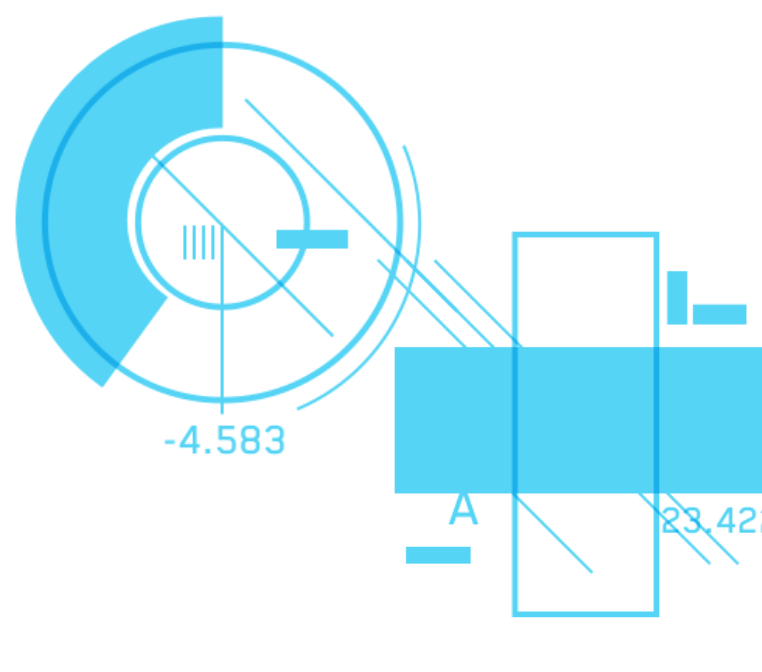Scale up your use case efficiently without driving up costs
About
If you're suffering from low memory, poor performance, or difficult maintenance, you’re experiencing the common pitfalls of using MongoDB for large-scale IoT projects.
This migration starter kit will tell you everything about it, including:
An article on our experience as developers working with both MongoDB and CrateDB.
A fact sheet about technical features of MongoDB and CrateDB.
A white paper comparing how much it costs to run the same IoT use-case with different vendors. Hint: The inefficient indexing of MongoDB can lead to a price 3x as expected.
Download Now
Download to discover the advantages of CrateDB
Better performance for less price
In a proof-of-concept prepared for one of our industrial IoT customers, CrateDB Cloud was tested against MongoDB Atlas. Querying 1 TB of data (8 billion records) over a 3h period, CrateDB outperformed MongoDB in both load and speed… And CrateDB was 80% cheaper.

Why not TimescaleDB or InfluxDB?
Databases designed to exclusively handle time-series data won’t solve your scalability problems, as they are conceived as single-node. They don’t provide good performance in use-cases with high ingestion and concurrent clients, and they often need to be combined with a relational database.
CrateDB vs InfluxDB: benchmark
What we've heard from customers
"MongoDB is a good fit for storing documents, but it was the wrong technology for my IoT use-case at scale. In other words: MongoDB is like a Swiss Army knife —but what are you going to do with a Swiss Army knife when you have to change a flat tire on the side of the road?"